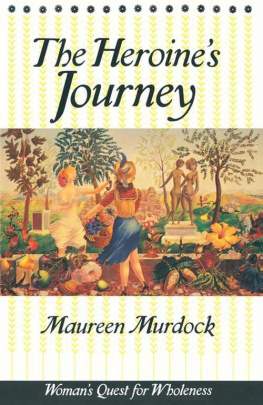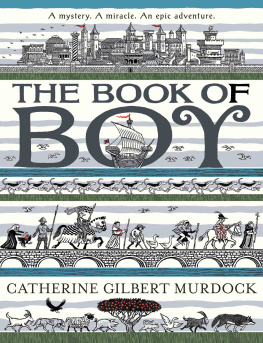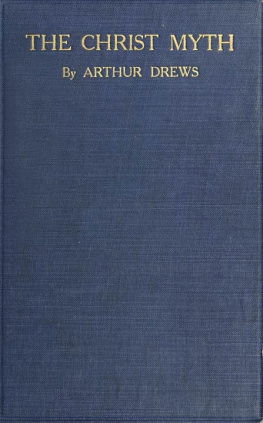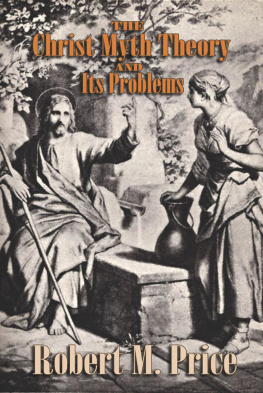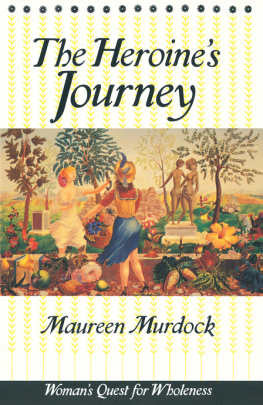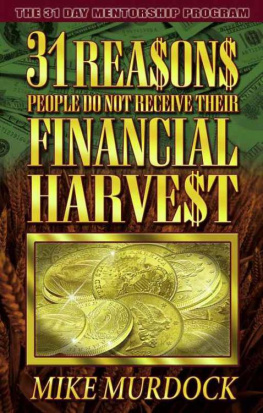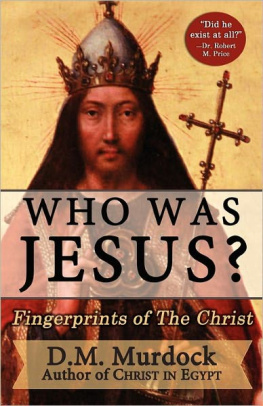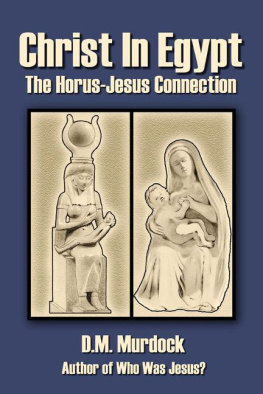Michael Lockwoods
Buddhisms Relation to Christianity
Reviewed by D.M. Murdock
www.StellarHousePublishing.com
ALSO BY D.M. MURDOCK a.k.a. ACHARYA S
The Christ Conspiracy: The Greatest Story Ever Sold
Suns of God: Krishna, Buddha and Christ Unveiled
Who Was Jesus? Fingerprints of The Christ
Christ in Egypt: The Horus-Jesus Connection
The Gospel According to Acharya S
The Astrotheology Calendar Series
Jesus as the Sun Throughout History
BUDDHISMS RELATION TO CHRISTIANITY REVIEW BY D.M. MURDOCK
Copyright 2013 by D.M. Murdock a.k.a. Acharya S
All rights reserved. Printed in the United States of America.
No part of this book may be used or reproduced in any manner whatsoeverelectronic, mechanical, photocopy, recording, or otherwisewithout written permission except for brief quotations in articles and reviews. For information, address Stellar House Publishing, LLC, 93 S. Jackson St., Ste. 57463, Seattle, WA 98104; www.stellarhousepublishing.com
Table of Contents
Introduction
Scholars, for over two hundred years, have been pointing out the influence of Buddhism on the origins of Christianity, but Christian theologians have, in the main, been indifferent to a serious study of this relationship. Such a study would require that they acquire a deep historical knowledge of Buddhism and a mastery of the languages of Pali, Sanskrit, Tibetan and Chinese among others.
Jesus and his disciples are allegorical, non-historical characters mixed together with historical characters (such as Pilate and some Temple priests) Even the story of the Outcaste Woman at the Well is a fictitious meta-narrative, though involving the, perhaps, historical persons of the Buddha and his beloved disciple Anandaif indeed they are historical!...
Jesus was an allegorical figure modeled on the founder of Buddhism and his fifth century BCE style of preaching: that of the homeless wandering monk.
If the four canonical Gospels are studied from this perspective, evidence may emerge that the evangelists were, indeed, Indianor persons trained in India or by Indians.
Dr. Michael Lockwood, Buddhisms Relation to Christianity (64-65, 196, 255)
Eventually, scholars will have to concedein my opinionthat the Jesus of the gospels is a purely fictitious figure, like Hercules.
Dr. Christian Lindtner, Comparative Gospels Studies in Review
In the field of Christian-origins studies runs a persistent subcurrent that raises up the subject of comparative religion and mythology. This enduring thread has been part of what is called mythicism, the work of the Mythicist School, which represents part of what is called the History of Religions School as well. The research and scholarship in this subject are substantial, dating back hundreds to thousands of years, depending on the figures or groups being studied.
The discipline of mythicism or mythicist school has produced some interesting and often outstanding scholarship, which was begun centuries ago but which has enjoyed a resurgence in the past couple of decades. In specific, the history of religions school included mythicist scholarship which focused on the origins of Christianity from the perspective that Jesus Christ as found in the New Testament ranks as a mythical figure. Now we can add to this important body of scholarship the anthology Buddhisms Relation to Christianity by Dr. Michael Lockwood, a professor of philosophy for 32 years in India.
Buddhisms Relation to Christianity is divided into nine sections, providing comparisons between Buddhist and Christian doctrines, traditions and rituals. The book highlights ancient artifacts and textsprimary sourcesthat provide evidence of parallels between the two religions, including not only the doctrines but also the sayings, deeds and other biographical details concerning the religions purported founders. Taken together, the evidence provided by Lockwood is very suggestive, if not conclusive, that one of these religions influenced the other, directly or indirectly. As Lockwood (4) remarks, There are many parallels between Buddhist doctrine and Christian doctrine.
The nine sections of the book comprise discussions of the following:
- Examples of scholarship on Buddhist and Christian parallels;
- Buddhist sculpture paralleling Christian gospel episodes;
- Buddhist inscriptions with parallels to Christian doctrines;
- Buddhas remake as a Christian saint, Josaphat;
- Buddhist parables with parallels to Christian parables;
- Parallels between the purported sayings of Buddha and Christ;
- Priority of Buddhist innovations over similar Christian doctrines;
- The historicity of Jesus; and
- Theories vis--vis Buddhist, Judaic and Egyptian origins of Christian doctrines and traditions.
The first section of Lockwoods book lists several works from 1828 to 2009 that explore the similarities between Buddhism and Christianity, including studies by Arthur Schopenhauer, Max Mller, Richard Garbe, Zacharias Thundy, Elmar Gruber and Holger Kersten, Christian Lindtner and yours truly, D.M. Murdock. There are many more such works, in English and other languages such as German, a fact not lost on Lockwood, who incorporates important European scholarship at several points.
Buddhist Parallels in Sculpture
Section Two of Buddhisms Relation to Christianity discusses several sculptures of scenes from Buddhas life that either predate the Christian era or come from centuries before any proven Christian influence. When discussing what is pre-Christian, it should be kept in mind that the Christian era did not suddenly begin with the alleged birth of Christ, at which point everyone in the world knew all about him and his doctrines.
What is pre-Christian?
In other words, what is the Christian era in a particular place depends on when Christianity is first spread in that area. For example, although much of Europe was Christianized in the first millennium of the religions existence, the nation of Lithuania staved off the faith until the 14 th century; hence, the Christian era in Lithuania did not begin until that time. The same may be said of uncontacted aboriginal tribes in the Amazon and elsewhere: They remain in the pre-Christian era. Thus, a Buddhist artifact or scripture may date to several centuries into the common era and still be pre-Christian and completely uninfluenced by Christianity.
Furthermore, in many instances where the Buddhist artifact or tradition dates to a post-Christian period, the motif can be found in other religious and mythological traditions preceding the common era, often by centuries or millennia. Hence, the presence of these shared motifs within Buddhism could be attributable to those pre-Christian precedents, not necessarily to Christianity.
Tales of the Buddha
Various stories about the Buddha date to at least the sixth century BCE , and the sculptures provided by Lockwood represent scenes from his alleged life that are often based on texts dating to early Christian or pre-Christian times. Hence, it is impossible or unlikely for these Buddhist stories to have been copied from Christianity.
For example, the relief from Borobudur of the Bodhisattvas first day of school (Lockwood, 33) dates from the eighth century AD/CE ; yet, the text in which this story appears, the Lalitavistara Sutra , dates to the third century AD/CE at the latest.
Miraculous Birth
So-called Christian motifs found in Buddhist sculpture include Buddhas miraculous conception and birth, through the side of Queen Maia, whom St. Jerome ( Adv. Jov . 1.42) explicitly styled a virgin:
To come to the Gymnosophists of India, the opinion is authoritatively handed down that Budda, the founder of their religion, had his birth through the side of a virgin.


